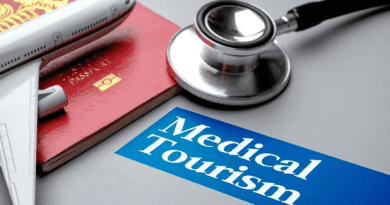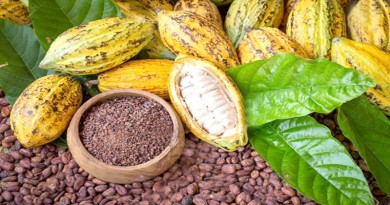Guidance on snakebite treatments published by the World Health Organization
In an effort to raise the standard of antivenoms sold on the market, the World Health Organization has released the first of a planned series of WHO public-benefit target product profiles (TPPs) for snakebite therapies. This is the first ever recommendation to raise the caliber of such goods. TPP is a document that offers crucial details about the minimum and ideal properties of particular products for particular use cases, in this case, antivenoms used to treat snakebites brought on by various types of sub-Saharan African snakes. This information is crucial for regulators, manufacturers, researchers, and procurement agencies. TPPs work to make sure that goods are “fit-for-use”—that is, safe, efficient, and tailored to the environment of use—and that they are developed and manufactured to suit the therapeutic needs of populations at risk.
The best available treatment for the 5.4 million individuals who are bitten by snakes each year is a high-quality antivenom. Safe, effective antivenoms could lessen the severity of the severe disabilities that affect many thousands of additional victims and avoid many of the 83 000–138 000 deaths brought on by snakebites.
This important effort moves us one step closer to being able to make access to high-quality, safe, and effective antivenom a reality. Director of the WHO Global NTD Programme, Dr. Socé Fall.
Amazingly, despite the fact that antivenoms have been produced for around 130 years, there has never been any instruction on how to create and produce a high-quality product that satisfies the necessary standards for usability, safety, and effectiveness.
Four TPPs for several conventional antivenoms made from animal plasma
The first of them is for goods that are meant to be used extensively throughout sub-Saharan Africa for treating snakebite injuries regardless of the type of snake that bit the victim. The second one is used to treat snakebites from a specific species (or group of snakes). Both of these categories currently have products available for purchase.
The other two categories are for goods that are not now available in sub-Saharan Africa but which, according to evidence from other regions of the world, may be valuable if they were to be created. Both of these new product categories are intended for snakebite syndromes that are not neurotoxic and instead feature effects on blood clotting or tissue necrosis without paralytic effects. One of these new product categories is for antivenoms where the snakebite primarily creates a condition dominated by neurotoxic effects.
These TPPs will help to improve the quality, safety, and efficacy of antivenoms, leading to better snakebite treatment, by offering guidelines to makers, regulators, procurement agencies, doctors, and researchers.




